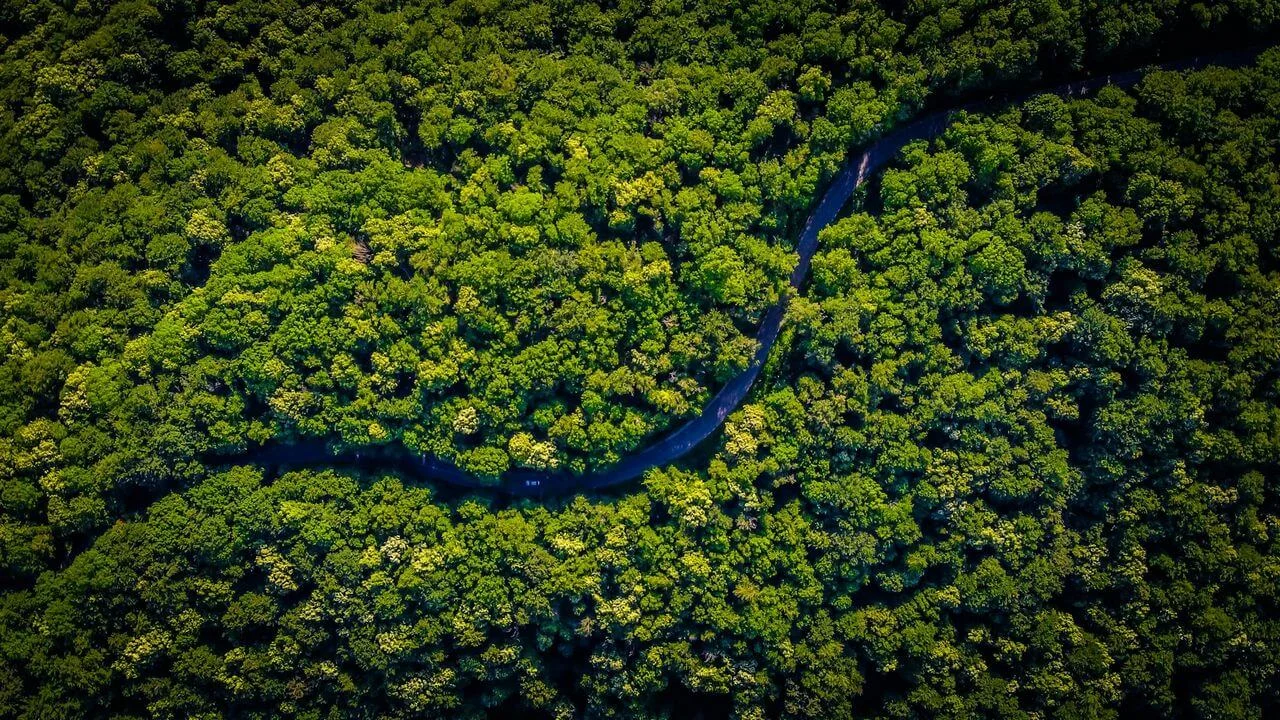Amazon Rainforest Faces Rising Heat and Vanishing Rain
Deforestation in the Amazon is driving hotter, drier conditions, with scientists warning that its delicate balance may be nearing a critical tipping point.

The Amazon rainforest, the largest tropical forest on Earth, is undergoing rapid changes that threaten both its survival and the global climate system. A recent study has shown that deforestation in the Brazilian Amazon is directly responsible for about 74% of rainfall reduction and 16% of temperature increases during the dry season. These findings mark the first time scientists have been able to separate the effects of local forest loss from those caused by global climate change.
Breaking Down the Findings
Researchers from the University of São Paulo (USP) used statistical models to quantify how forest destruction alters rainfall, temperature, and greenhouse gas balance. They found that rainfall in the dry season has declined by roughly 21 millimeters per year, with nearly three-quarters of this reduction linked to deforestation. Maximum temperatures have risen by about 2°C, of which forest loss accounts for a significant share.
Professor Luiz Augusto Toledo Machado of USP emphasized that the research provides a clearer picture of the “climate debt” caused by local deforestation, as distinct from the impacts of pollution-driven climate change in the Northern Hemisphere.
Also Read: Amazon Rainforest: Facts, Threats & Guide
Why the Early Loss Matters Most
The study also revealed that the climate impact of deforestation is most severe in its initial stages. Losing just 10–40% of forest cover triggers major disruptions to rainfall and temperature patterns. This underscores the importance of conserving existing forest and promoting only sustainable land use.
Professor Marco Aurélio Franco of USP’s Institute of Astronomy, Geophysics, and Atmospheric Sciences noted that converting forest into pasture has been the main driver of change, and warned that even small losses destabilize the system.
The Amazon’s Climate Engine
Beyond its role as a biodiversity hotspot, the Amazon functions as a climate regulator. Its trees create “flying rivers”—airborne streams of water vapor that help irrigate vast regions, including the Cerrado savanna. The forest also plays a key role in forming clouds through a complex interplay of aerosols, electrical discharges, and chemical reactions in the upper atmosphere.
This delicate balance is now under threat. Deforestation and forest degradation not only weaken the rainfall cycle but also intensify drought periods and heighten the risk of fires.
The Scale of Loss
According to data from MapBiomas, the Amazon lost 14% of its native vegetation between 1985 and 2023, an area roughly the size of France. While recent reports show that deforestation slowed to its second-lowest level in decades between August 2024 and July 2025, the challenge of tackling forest degradation, especially from fire, remains significant.
The effects are particularly severe during the dry season, from June to November, when the forest’s reduced rainfall and increased heat compound to create dangerous conditions.
Looking Ahead
The findings arrive ahead of COP30, the United Nations Climate Conference scheduled for November in Belém, Pará. Scientists hope that highlighting the measurable impacts of deforestation will drive urgent action. The message is clear: protecting the Amazon is not only essential for Brazil but also for the stability of the global climate.
This article has been fact checked for accuracy, with information verified against reputable sources. Learn more about us and our editorial process.
Last reviewed on .
Article history
- Latest version
- Last updated by Dayyal Dungrela, MLT, BSc, BS
Reference(s)
- Franco, Marco A.., et al. “How climate change and deforestation interact in the transformation of the Amazon rainforest.” Nature Communications, vol. 16, 2 September 2025 Nature Publishing Group UK, doi: 10.1038/s41467-025-63156-0. <https://www.nature.com/articles/s41467-025-63156-0>.
Cite this page:
- Posted by Heather Buschman